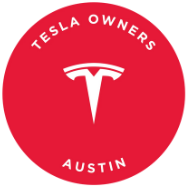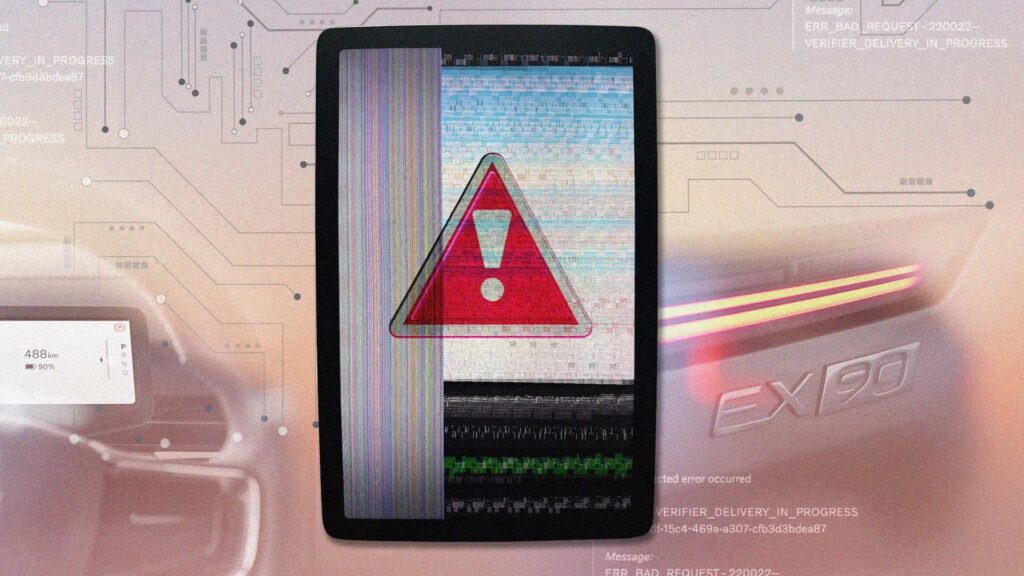The landscape of electric vehicles is rapidly evolving, with automakers striving to deliver cutting-edge technology and software in their EV offerings. Among the players in this field, three distinct groups emerge based on their approach to electric cars and software integration.
At the forefront are Tesla and Rivian, setting the bar high with their in-vehicle software capabilities. These companies have established themselves as leaders in the EV space, showcasing innovative technology and seamless software integration.
On the other end of the spectrum are the legacy automakers like General Motors and the Volkswagen Group, who are making strides in the electric vehicle market but face challenges and setbacks in perfecting their software systems. Despite their efforts, these companies are still navigating the transition to electric vehicles.
In a category of their own are automakers like Toyota and Stellantis, who are lagging behind in the electric vehicle race and seem content with their gas-powered and hybrid models. While they are dipping their toes into the EV market, their focus remains primarily on traditional vehicles.
Volvo falls in the middle group, making strides in the electric vehicle space but facing hurdles along the way. The Volvo EX90, an electric SUV designed to showcase Volvo’s transition to an EV and tech giant, encountered delays and software issues upon its launch. Owners reported issues with digital keys, infotainment screens, and power loss, highlighting the challenges Volvo faced with its software integration.
The company’s executives have acknowledged these issues and are working diligently to address them. Anders Bell, Volvo Cars’ Chief Engineering and Technology Officer, emphasized the company’s commitment to regaining customer trust and resolving the software bugs. Drawing from his experience at Tesla, Bell is leading Volvo’s efforts to enhance its software capabilities and refine its in-house software stack.
One of the key challenges Volvo faced was transitioning from a fragmented approach to software development to a unified system. The company’s SPA2 platform, while innovative, encountered difficulties due to its reliance on multiple vendors and disparate systems. Moving forward, Volvo is shifting towards a centralized software stack to streamline updates, improve compatibility, and enhance overall functionality.
Despite the initial software setbacks, Volvo is implementing major over-the-air updates to rectify the issues with the EX90. The company is rolling out a new software stack, dubbed “Superset,” which will serve as the foundation for future Volvo models. This standardized system will enable developers to create functions that can be seamlessly integrated across different vehicles and hardware versions.
Additionally, Volvo is investing in hardware upgrades for the EX90, enhancing its computing power and introducing active lidar technology for advanced driver assistance systems. These enhancements aim to improve collision avoidance, emergency steering, and pedestrian detection, further solidifying Volvo’s commitment to safety and innovation in the EV space.
As Volvo continues to refine its software-defined vehicles, the company is poised to deliver a more seamless and advanced driving experience for customers. With a focus on in-house development and cutting-edge technology, Volvo is positioning itself as a key player in the ever-evolving electric vehicle market.

